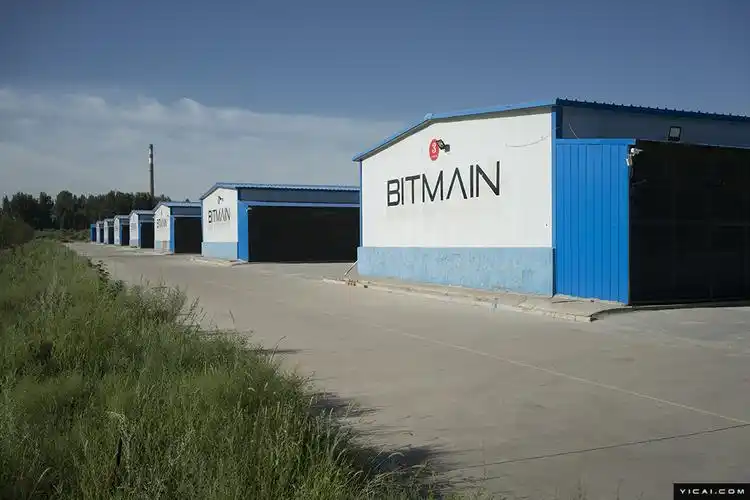In the fast-evolving world of cryptocurrencies, understanding the efficiency of your mining machines can significantly impact your profitability. The competition is fierce, particularly with popular coins like Bitcoin, Ethereum, and Dogecoin dominating the market. Optimizing your operations not only ensures a higher yield but also translates to a more sustainable venture in the long run.

To begin with, efficiency in mining fundamentally boils down to the hash rate, defined as the number of hashes a miner can compute in a given time period. For Bitcoin, where proof-of-work dictates the fate of block validation, a higher hash rate invariably leads to greater chances of earning rewards. Each mining machine, or rig, varies in performance, and understanding these nuances is crucial for miners aiming to optimize their operations.
The complexities do not end at the hash rate, though. Energy consumption plays a crucial role in assessing the overall efficiency. With electricity being one of the largest operational expenses in mining, machines that deliver high hash rates at lower energy costs are the gold standard. Miners must not only invest in robust hardware but also scrutinize their local energy rates to gauge profitability accurately.

For establishments looking to dive into mining without the daunting responsibility of hardware management, hosting services present a compelling alternative. Mining machine hosting allows businesses to lease space in data centers optimized for cryptocurrency mining. This frees them from the burdens of cooling systems, power supply management, and physical security—all vital elements in maximizing the efficiency of mining operations.
Consider the advantages of having your rigs hosted in a mining farm. Not only do you enjoy the benefits of shared resources, but you also gain access to cutting-edge technology and expert maintenance teams. Such services are invaluable when tackling issues that can arise unexpectedly, threatening your profitability and overall mining efficiency.
As the landscape of cryptocurrency mining has expanded, so too have the methods of sourcing mining machines. Buying new rigs can be a large upfront investment, but the returns can justify the costs if appropriate decisions are made. Alternatively, exploring the secondary market for mining equipment can yield surprising bargains. With technological advancements happening rapidly, many miners choose to sell off older models to upgrade, providing a cyclic economy where entering the mining space becomes more accessible.

However, when one mentions mining efficiency, it is impossible to ignore the importance of software. Mining pools and the algorithms that support them also play a critical role. By connecting with others, miners can combine their computational power, thus increasing the likelihood of earning rewards regularly rather than sporadically. This league of miners not only enhances profitability but fuels camaraderie and knowledge sharing—a valuable resource when navigating the complexities of the crypto landscape.
Furthermore, diversification among cryptocurrencies can lead to enhanced yield. While Bitcoin remains the titan, exploring opportunities in altcoins, such as Ethereum and Dogecoin, may yield impressive results, especially with the rise of upcoming technologies like Ethereum 2.0, which will transition to a proof-of-stake mechanism. Monitoring trends, news, and technological developments can empower miners to make informed decisions about where to direct their efforts.
Ultimately, a well-rounded strategy combines effective mining hardware, energy management, software utilization, and a finger on the pulse of market trends. In this vibrant ecosystem, mining machines are not just tools; they are gateways into a dynamic digital economy filled with opportunity. Whether you’re processing BTC, ETH, or diversifying into Dogecoin, maximizing your profitability hinges on how well you align these elements.
